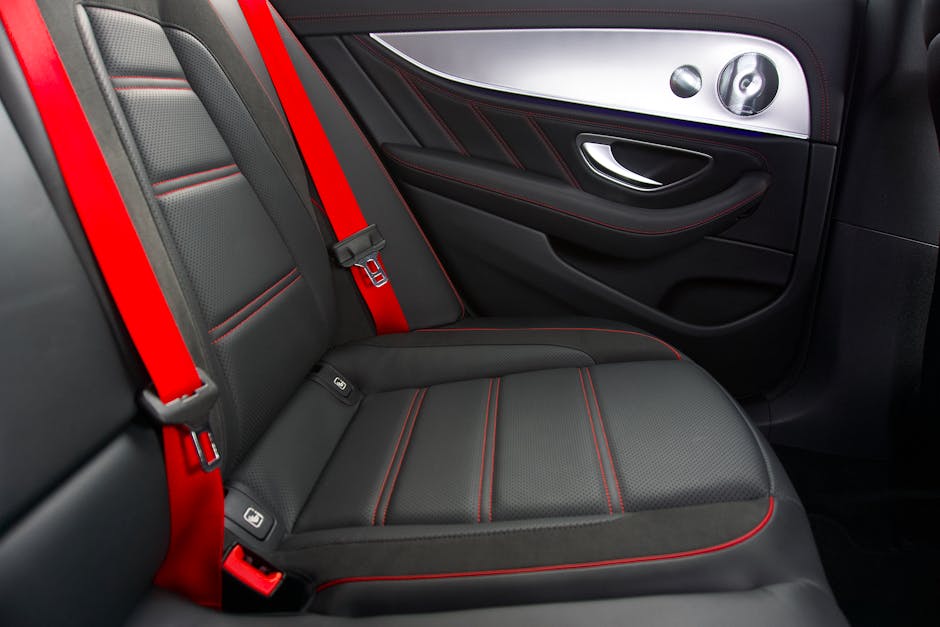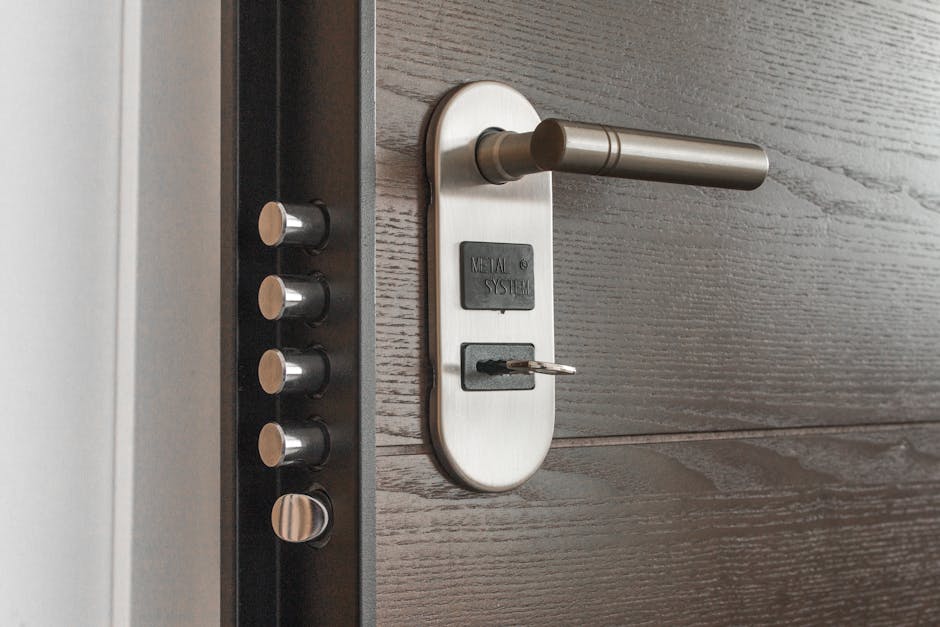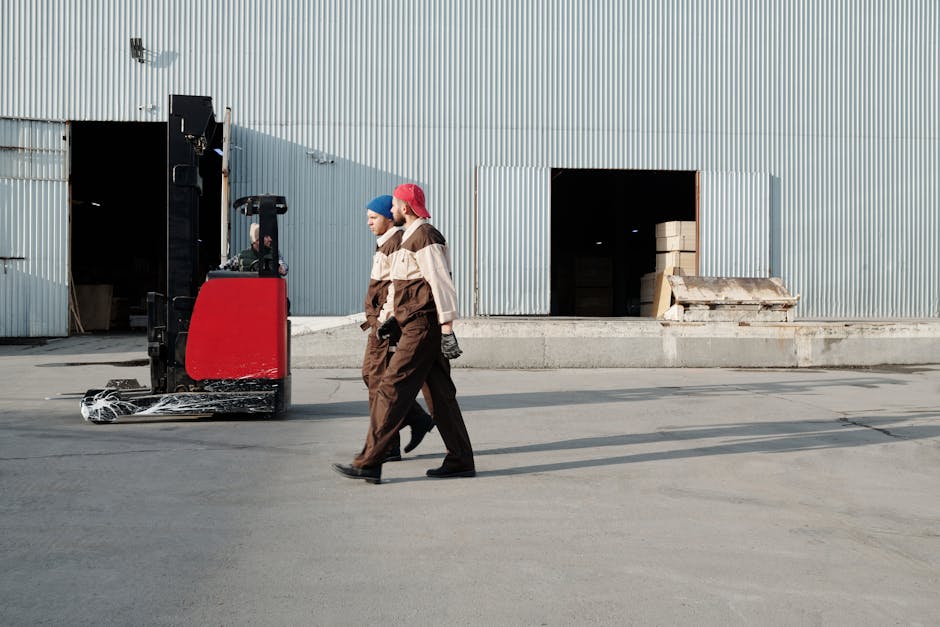The Importance of Safety Features in Rentals
Welcome to the world of rentals, where safety should always be a top priority. Whether you’re renting a car, a vacation home, or an apartment, ensuring that the property or vehicle is equipped with the necessary safety features can make all the difference in your peace of mind and well-being. In this comprehensive guide, we’ll delve into the significance of safety features in rentals, exploring why they matter, what to look for, and how they can enhance your overall rental experience.
1. Safety Features in Rental Cars

When it comes to renting a car, safety features are crucial for protecting yourself and your passengers on the road. From airbags and anti-lock braking systems to electronic stability control and blind-spot monitoring, modern vehicles are equipped with a range of advanced safety technologies. These features not only help prevent accidents but also mitigate the severity of collisions in the event of an incident.
For example, airbags deploy rapidly upon impact to cushion passengers from the force of a crash, reducing the risk of serious injuries. Electronic stability control helps maintain vehicle stability and prevent skidding, especially in slippery road conditions. By renting a car with these safety features, you can drive with confidence knowing that you have additional layers of protection.
2. Safety Features in Rental Properties

When renting a vacation home or apartment, safety features are equally important for creating a secure environment for you and your family. From smoke detectors and carbon monoxide alarms to secure locks and well-lit pathways, rental properties should prioritize the safety and well-being of their occupants. These features not only comply with building codes and regulations but also offer peace of mind to renters.
For instance, smoke detectors are essential for early detection of fires, alerting occupants to evacuate the premises promptly. Carbon monoxide alarms, on the other hand, monitor the presence of this odorless gas, which can be lethal if undetected. By choosing a rental property with these safety features in place, you can minimize the risks of fire-related incidents and exposure to harmful gases.
3. Regulatory Standards for Rental Safety

Across different industries, regulatory standards play a crucial role in ensuring the safety of rental properties and vehicles. Government agencies and industry organizations establish guidelines and requirements that rental providers must adhere to, covering aspects such as fire safety, building codes, vehicle inspections, and maintenance protocols. These standards help safeguard renters against potential hazards and ensure that rental establishments maintain a high level of safety compliance.
For example, rental properties are often subject to periodic inspections to verify the presence and functionality of safety features such as fire extinguishers, emergency exits, and sprinkler systems. Similarly, rental cars undergo routine maintenance checks to ensure that safety components like brakes, tires, and lights are in optimal condition. By upholding regulatory standards, rental providers demonstrate their commitment to providing safe and reliable experiences for their customers.
4. Liability and Insurance Coverage

In the realm of rentals, liability and insurance coverage are essential considerations when it comes to safety features. Rental agreements typically outline the responsibilities of both the renter and the provider in the event of accidents, damages, or injuries. Understanding the terms of liability and insurance can help renters make informed decisions about their safety and financial protection while using rental services.
For instance, rental car agreements often include collision damage waivers and liability coverage to protect renters against damages to the vehicle and third-party injuries. Similarly, rental properties may require renters to carry renters’ insurance to cover personal belongings and liability risks. By familiarizing yourself with the insurance terms and coverage options available, you can mitigate risks and ensure that you are adequately protected in case of unforeseen events.
5. Emerging Technologies for Rental Safety
As technology continues to advance, new innovations are reshaping the landscape of rental safety. From smart home devices and biometric access systems to telematics and GPS tracking in rental vehicles, emerging technologies are enhancing the security and convenience of rental experiences. These cutting-edge solutions offer renters additional layers of protection and control over their rental environment.
For example, smart home devices like security cameras, motion sensors, and smart locks enable renters to monitor their property remotely and receive real-time alerts on potential security threats. Biometric access systems use fingerprints or facial recognition to authenticate renters and restrict unauthorized access to rental properties. By embracing these emerging technologies, rental providers can offer a seamless and secure rental experience to their customers.
6. Sustainable and Eco-Friendly Safety Features
In recent years, there has been a growing emphasis on sustainability and eco-friendliness in rental safety features. From energy-efficient lighting and appliances to green building materials and water-saving fixtures, sustainable practices are transforming the way rental properties are designed and operated. These eco-conscious safety features not only reduce environmental impact but also contribute to a healthier and more sustainable living environment for renters.
For instance, energy-efficient lighting not only reduces electricity consumption but also enhances visibility and safety in rental properties. Green building materials like recycled glass countertops and bamboo flooring promote eco-friendly construction practices and reduce carbon footprint. By incorporating sustainable and eco-friendly safety features into rental properties, providers can attract environmentally conscious renters and contribute to a greener future.
7. Conclusion
To wrap things up, safety features in rentals are indispensable for protecting renters, enhancing their overall experience, and promoting a culture of safety and well-being. Whether you’re renting a car, a vacation home, or an apartment, prioritizing safety features can make a significant difference in your peace of mind and enjoyment. By choosing rentals that prioritize safety, comply with regulatory standards, offer insurance coverage, and embrace emerging technologies, you can ensure a secure and satisfying rental experience. Remember, safety first!
Thank you for reading our comprehensive guide on the importance of safety features in rentals. Stay safe and informed as you embark on your rental adventures!




